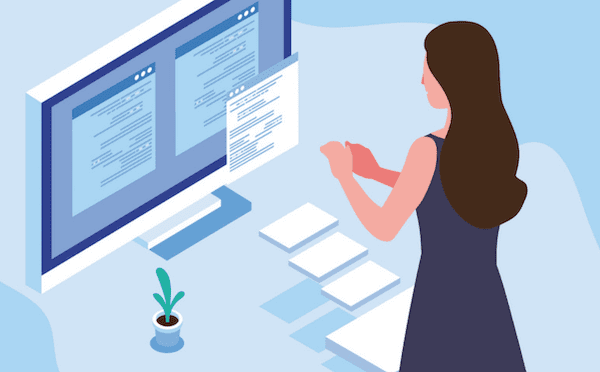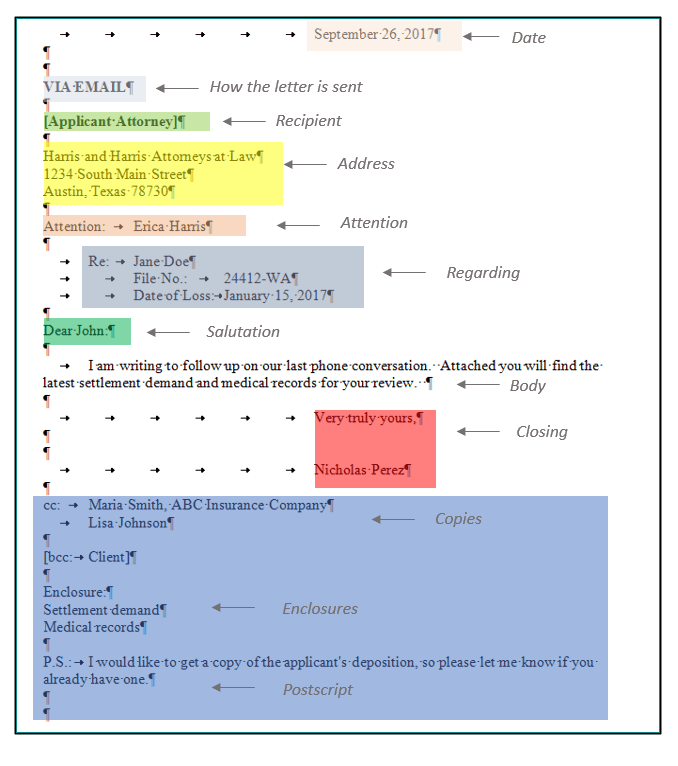Templates for transcription save valuable time by ensuring that documents come back the same every time without the need for dictating the same instructions repeatedly.

What are templates?
Templates are files that serve as a starting place for a document so that you don’t have to start from scratch each time. They can contain formatting so that your documents come back looking polished and consistent each time. Or, they can contain text that is commonly used so you don’t have to re-create it each time.
For example, a letterhead template could contain your standard letterhead, layout and signature block so you can just compose the body of the email rather than having to set up the entire letter each time. Or, if you have standard contract language that is commonly used, you may create a template that includes that language and then you can customize based on the specifics of that deal.
Why templates matter for your business?
Let’s use law firms as an example. Most attorneys are trying to move through cases as fast as they can while still serving their clients. Perhaps their firm mandates how many cases they handle each month, or simple economics requires them to be working on a number of cases at one time to cover overhead costs. Either way, producing work fast is a must for the modern law practice. Plus, who wants to work late if they don’t have to?
For attorneys, using templates is a great way to streamline your practice by leveraging your best work over multiple cases. Templates can be used to quickly format documents so they appear uniform in style, or they can incorporate standard language or letterhead that commonly appears across documents. Your firm can even share templates among multiple accounts.
Using templates for your dictations
Here at SpeakWrite, accuracy and speed are in the DNA of our fast transcription operations. That is the reason why we made available the use templates for your dictated transcriptions.
Do you like size 13 font? Or maybe you want your headings to always be centered and in bold. Simply upload a template pre-set with these preferences and save time for you and the transcriptionist.
You can easily control these templates by uploading them to your account. In your dictation, make sure to request the template by name to avoid any confusion. If you upload multiple templates, it’s best to give them unique names to ensure the typist knows exactly which one you want.
Using a template is a great way to easily customize your document with elements such as spacing, preferred indentation styles, margins or fonts. Your template can include letterheads, headers, footers, page numbers and other elements to personalize your documents exactly to your liking.
See downloadable templates below!
Not sure exactly what you want? SpeakWrite’s template experts can assist you in creating a template that meets your needs. Just reach out to your account manager to discuss the options. We will help you set up a template free of charge.
Templates are extremely versatile and useful for many of the industries SpeakWrite serves. A police report, for example, can include headings for necessary sections, or headers with room for a report number or officer’s name. Similarly, a template used for a social worker’s case notes can include information that is needed for every intake.
Tips to better use templates using SpeakWrite transcription services

- Although templates don’t have to contain much, they must include text in the body of the document. You can use headers and footers, but the template must also have at least one word in the body of the document itself in order to upload properly.
- They must not be locked for editing or password protected. Our typists have to be able to edit the document in order for it to work correctly.
- The template cannot use form fields or checkboxes.
- Templates must be Microsoft Word documents, not PDFs or other file formats.
There are a few things you need to know before uploading a template to your account, to make sure it works properly with SpeakWrite’s system:
- Keep your template relatively simple. Avoid complicated forms and ambiguous formatting.
- You can use simple placeholder language to show the typist where you want various elements placed. Feel free to reach out to your account manager or the SpeakWrite Help Desk to get assistance in creating a template that will work best for you.
- Try to dictate according to the template. If the template has pre-entered headings or sections, dictate in the same order and with the same wording. Keep in mind, that typists will alter the template to match your dictation, so feel free to direct them to make changes to the template within your audio if you need to.
- Avoid using too much extra sample text that the typist will have to remove. You will pay for the final word count of the job, including any words in the template, so less is usually better.
Additionally, templates can be shared among different accounts in the same organization. If your entire office uses common set-up templates, make sure all of the users are aware that they’re available, and how to request each one. It is also encouraged to have one admin who is responsible for managing the templates and keeping them up to date. That way, if it’s necessary to make changes to a template, there is just one person who makes those changes with SpeakWrite. We’re happy to help you update and tweak your templates as needed.
Key components to a good template
Templates should be specific to your style and assist in streamlining your operation. However, here are some common key components that your template should have:
- Include the font pitch and style of your choosing.
- Use examples of the spacing and indentation that you prefer. For example, do you want paragraphs indented or block style?
- Show the correct justification for the document and any headings (left, center, right justification).
- If your document may contain numbered or lettered paragraphs, or bullet points, include a sample in your template. There are numerous ways numbered paragraphs can be formatted, so to ensure you get a finished product that matches your preference, a template can help. For example:

- Be sure that your template is complete and has all of the elements that might be included. This example shows all of the possible elements of a letter so that the typist will know how you like each part formatted. If any of the elements are not used in your letter, the typist will just delete the unused portions.

Start here with a few template examples
Here are a few template examples you can use as inspiration:
By taking advantage of SpeakWrite’s custom templates, you can receive more accurate work that is completed in a more efficient manner. Our templates are useful in many industries: legal, insurance, finance, Spanish translation and more! It makes things easier for everyone, and saves time for both typists and clients alike.
